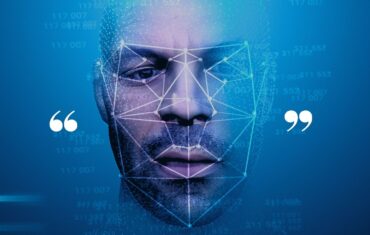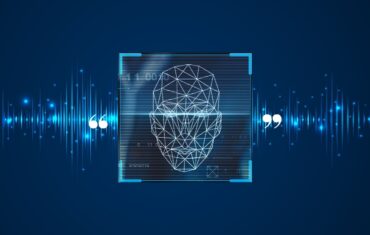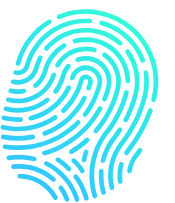17 March 2022: Language is a huge challenge to the biometrics community. It is clear that a common approach is needed when we explain what biometrics are.
The Biometrics Institute has been working on a range of information pieces to address this issue with a view to potentially creating a Biometrics Institute Lexicon.
We are excited to share with you the following tools that are publicly available:
- Types of Biometrics webpage including our agreed definition of the different modalities, some key considerations and use cases. This is our most visited webpage.
- Verification (1:1) and identification (1:n) explanatory graphics which are a simple demonstration and definition of these two terms that have led to much confusion in our biometrics industry.
- The Three Laws of Biometrics graphic which has been designed to visually demonstrate this extremely important tool which is at the core of any responsible and ethical biometrics use.
“Using common terminology is at the very heart to address the challenges our community is facing,” explains Isabelle Moeller, Chief Executive, Biometrics Institute. “We therefore would like to ask the biometrics community to reference these tools and use the proposed terminology and also share the graphics for example in any presentations you deliver or on your own website.”
If you have any feedback on these tools, please get in touch. We review all our material every two years to ensure they stay current and with new releases like the Explanation of verification, a review will take place in one year’s time.
The Biometrics Institute is continuing its campaign to reach out to decision-makers and regulators to help them with a better understanding of biometrics. Having this agreed language is an important first step.
“Our experts and members have rigorously drafted, reviewed and finalised the content with input from diverse stakeholders and members such as from government, international organisations, academics, regulators and suppliers. As always, the Institute stands for providing a balanced view on biometrics and we are proud of what our community has achieved. Join us in our awareness campaign,” says Stephanie Schuckers, Director and Co-head of the Technology and Innovation Group at the Biometrics Institute.
If you would like to be more actively involved in shaping the Lexicon, please contact the Biometrics Institute.
ENDS.
Notes to editors:
The Biometrics Institute is the independent and impartial international membership organisation for biometric users and other interested parties. It was established in 2001 to promote the responsible and ethical use of biometrics and has offices in London and Sydney.
The member register which represents a global and diverse multi-stakeholder community now lists over 200 membership organisations from 34 countries. It includes banks, airlines, government agencies, biometric experts, privacy experts, suppliers, academics and 10 Observers representing United Nations agencies, IGOs and European Union institution
The Biometrics Institute connects the global biometrics community. It shares knowledge with its members and key stakeholders and most importantly, develops good-practices and thought leadership for the responsible and ethical use of biometrics.
For more information, please email Isabelle Moeller: isabelle@biometricsinstitute.org





